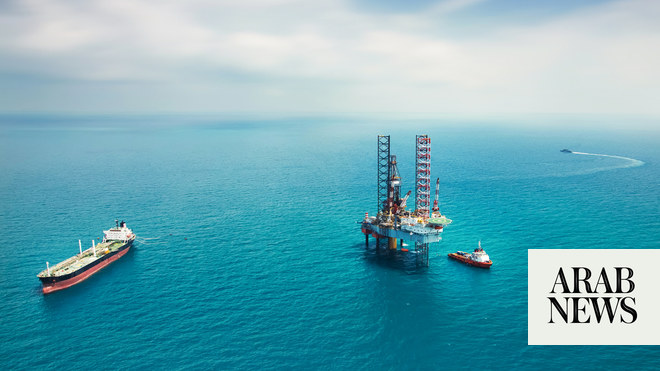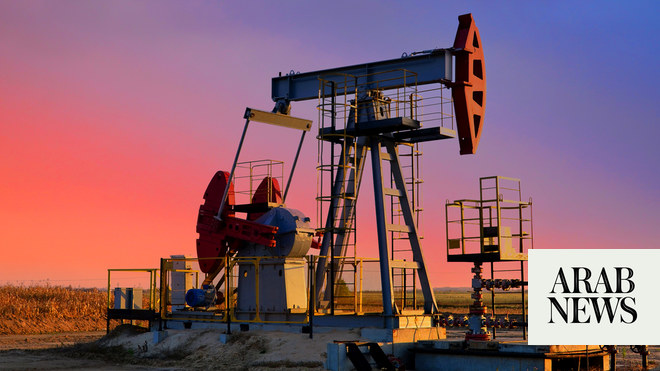
(Reuters) - U.S. energy firms this week added oil and natural gas rigs for a seventh month in a row for the first time since May 2018, but the rate of growth in February slowed even as oil prices rose to their highest since 2019.
The oil and gas rig count, an early indicator of future output, rose five to 402 in the week to Feb. 26, its highest since May, energy services firm Baker Hughes Co said in its closely followed report on Friday.
But with just 18 additions, the pace of increase slowed in February, compared with 33 in January and 31 in December, partly due to a rare deep freeze in Texas last week and also oil companies’ continuing commitment to capital discipline.
That count is still 388 rigs, or 49%, below this time last year. The total count, however, has soared since hitting a record low of 244 in August, according to Baker Hughes data going back to 1940.
U.S. oil rigs rose four to 309 this week, their highest since May, while gas rigs rose one to 92.
All of the oil rig additions this week were in the Permian Basin in West Texas, prompting some analysts to question how producers were able to start drilling again so quickly after last week’s deep freeze.
“All I heard last week was how the Permian Basin was frozen in,” said Bob Yawger, director of energy futures at Mizuho in New York. “Now, I am being led to believe ... that crews have already returned to the frozen tundra and started drilling new holes.”
In February, oil rigs rose for a sixth straight month, gaining 10, their smallest monthly build since September as their growth slowed from a rise of 28 in January and 26 in December.
After falling to record lows below zero in April 2020 due to coronavirus demand destruction, U.S. crude futures have climbed over $63 a barrel this week and hit their highest settle since 2019. [O/R]
Most energy firms said they plan to keep spending flat in 2021 with 2020 levels as they focus on boosting cash flow and reducing debt rather than increasing output.
U.S. financial services firm Cowen & Co said the 45 independent exploration and production (E&P) companies it tracks plan to keep spending flat in 2021 versus 2020. That follows capex reductions of roughly 49% in 2020 and 12% in 2019.











